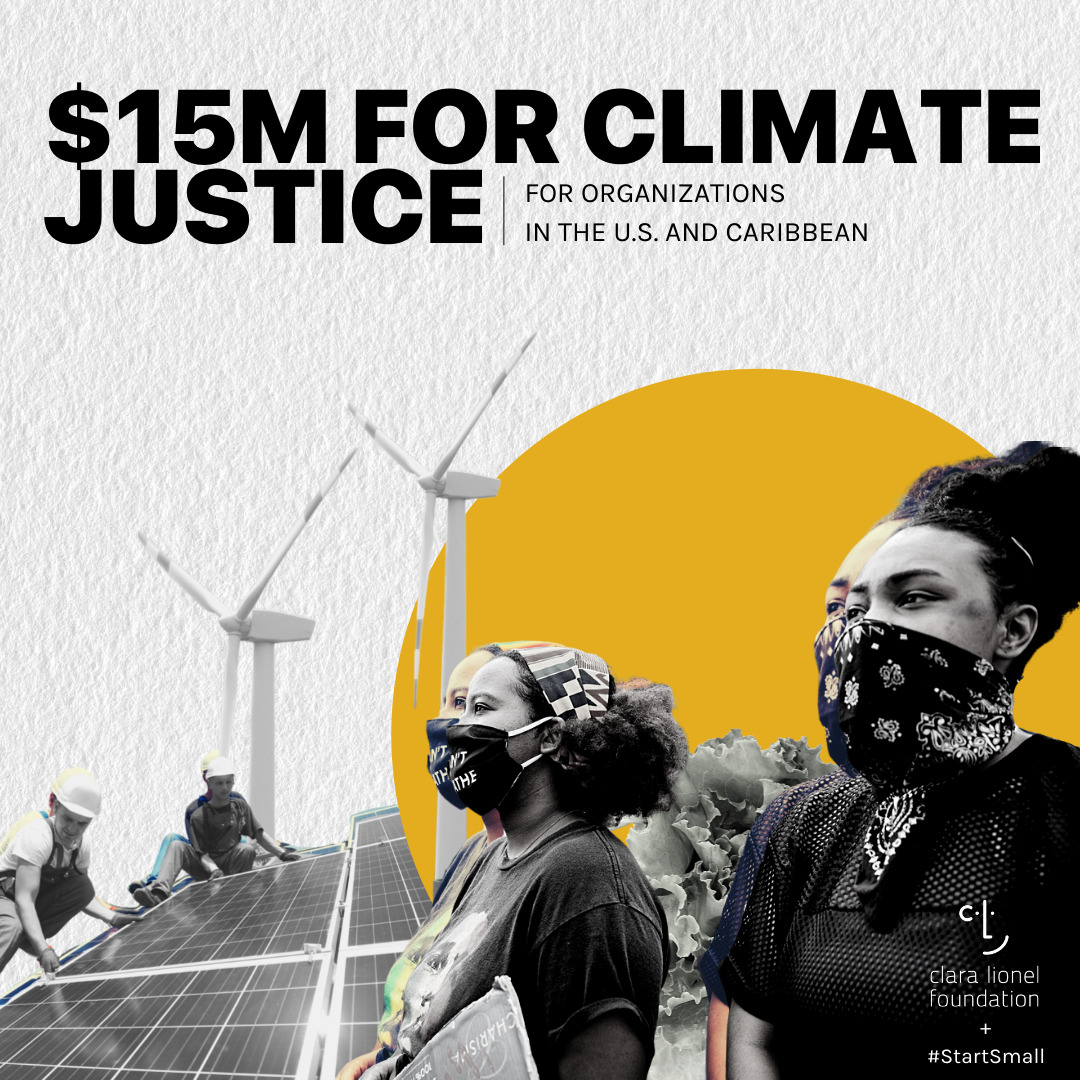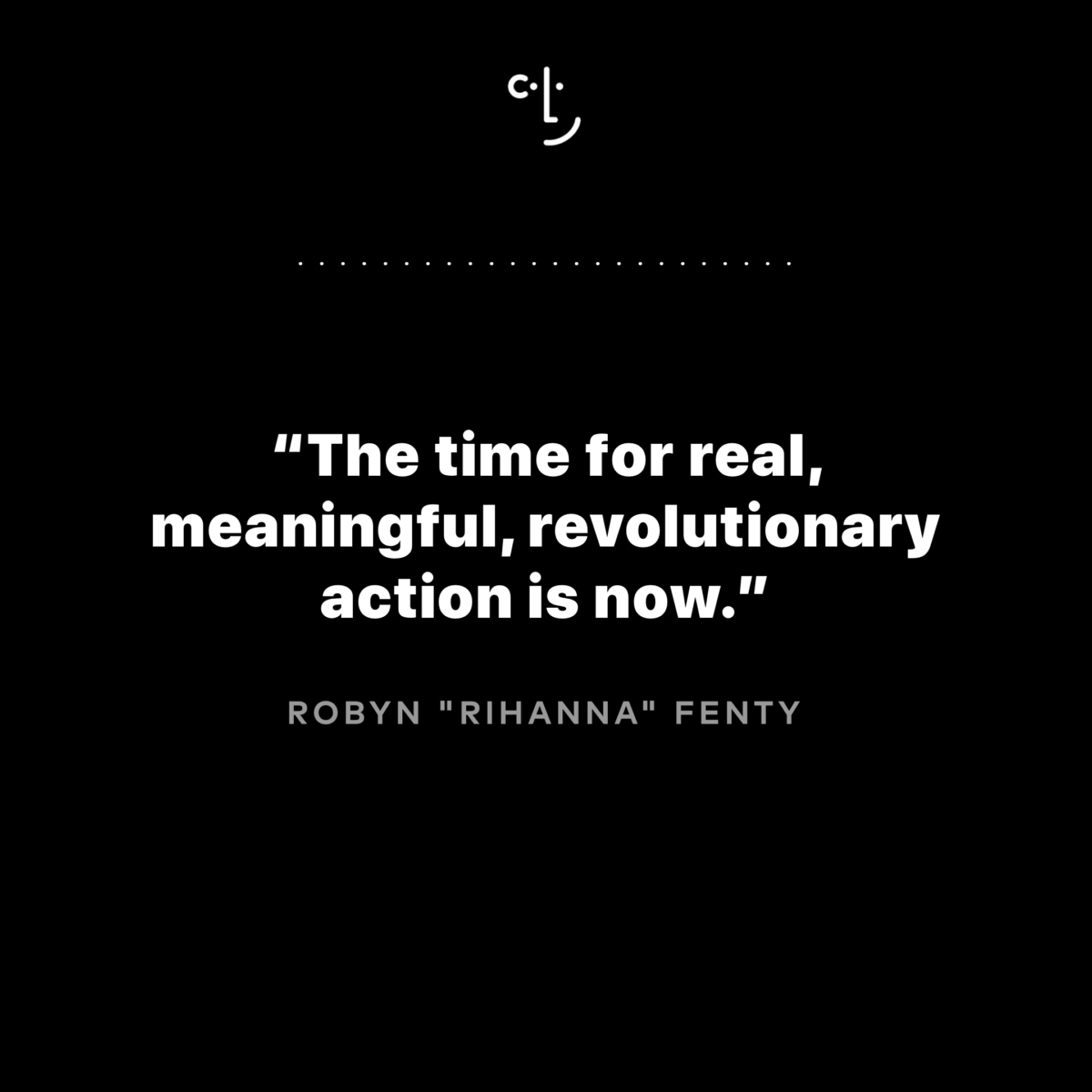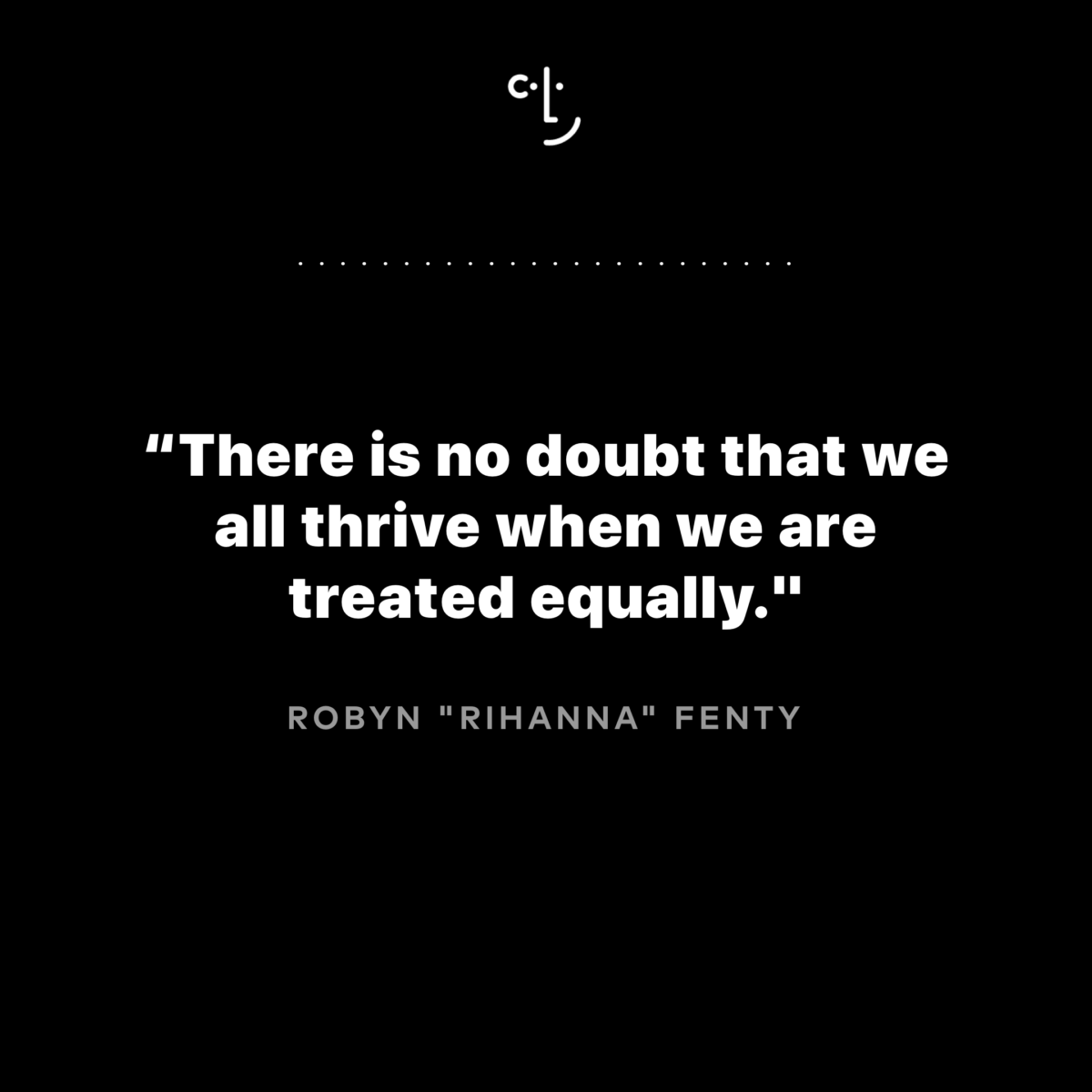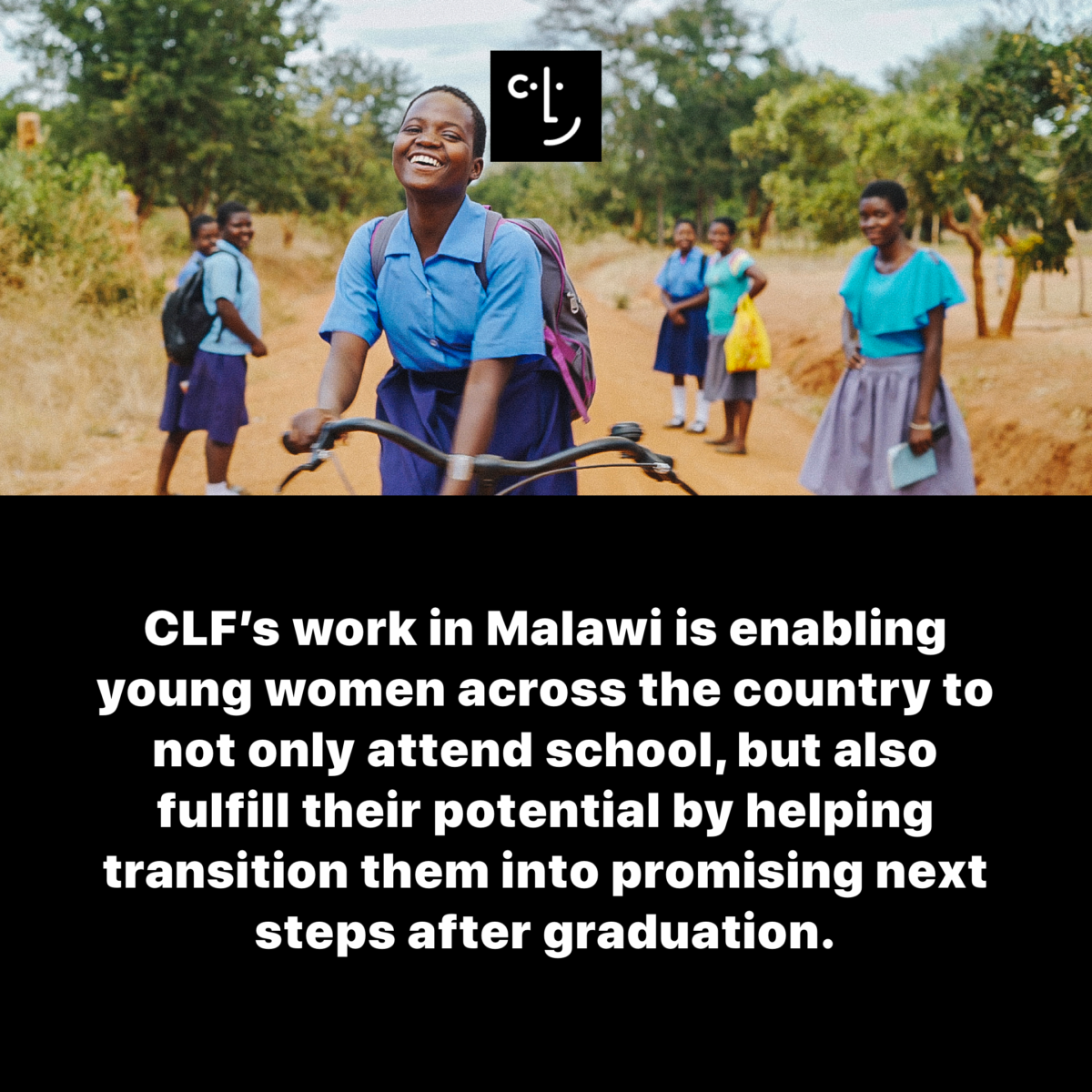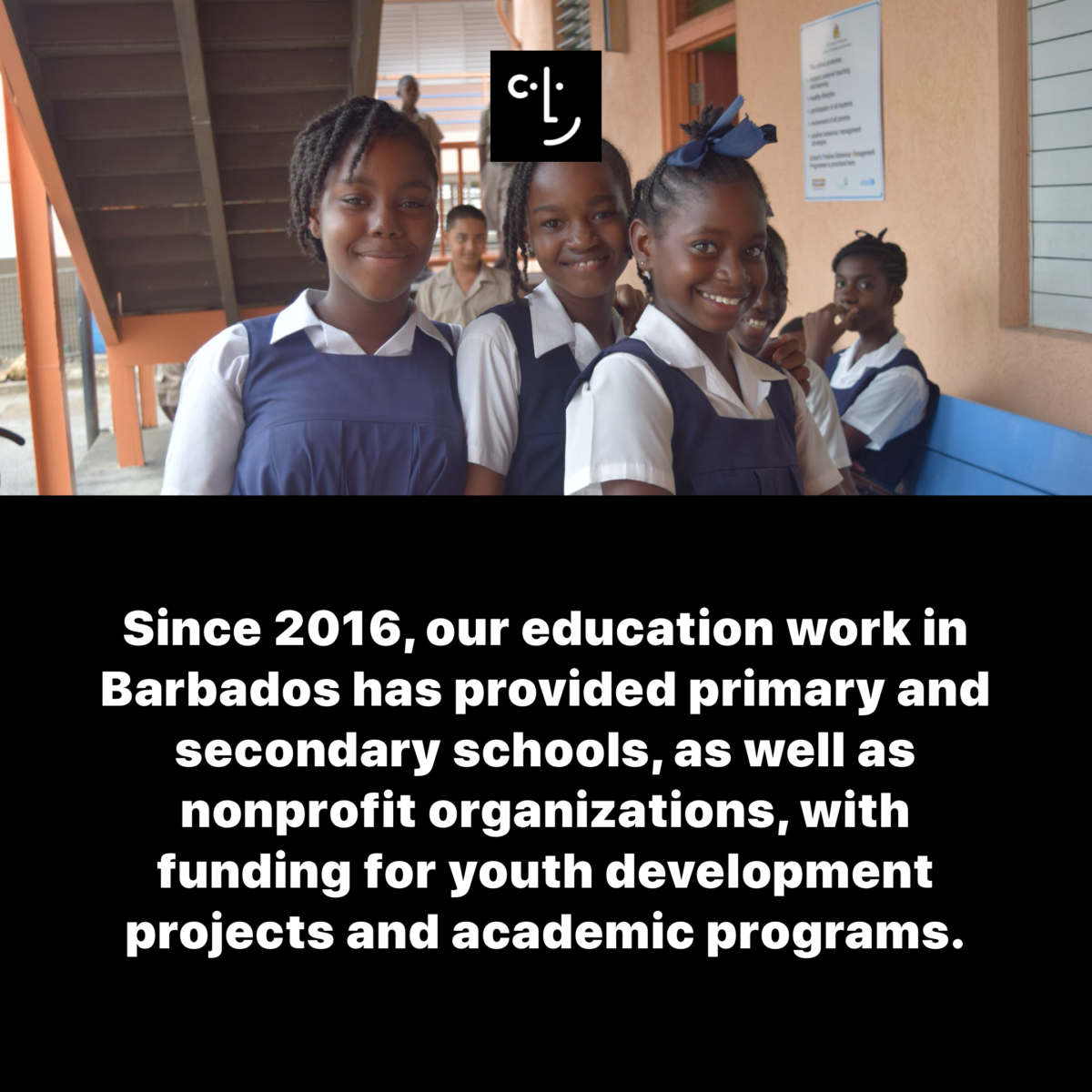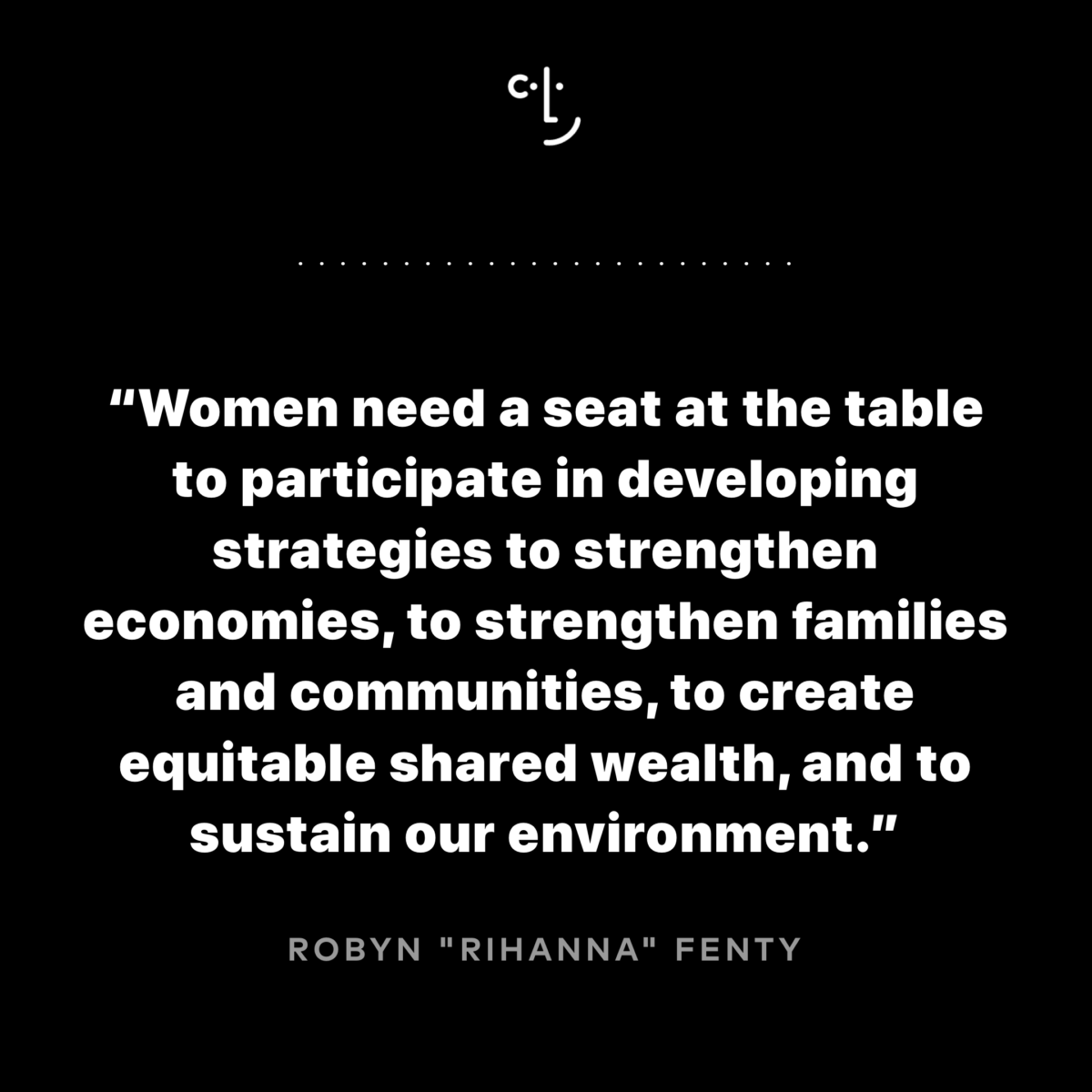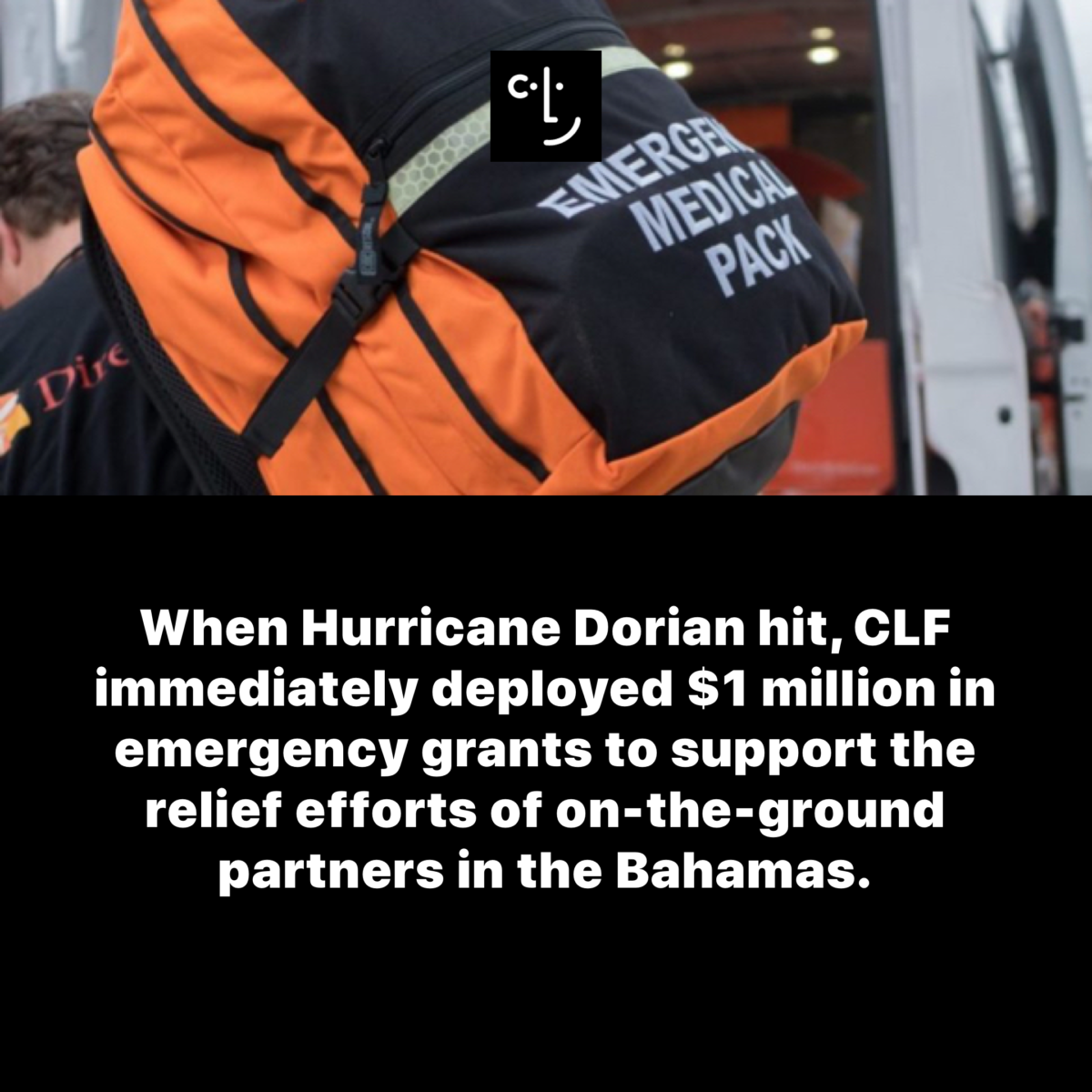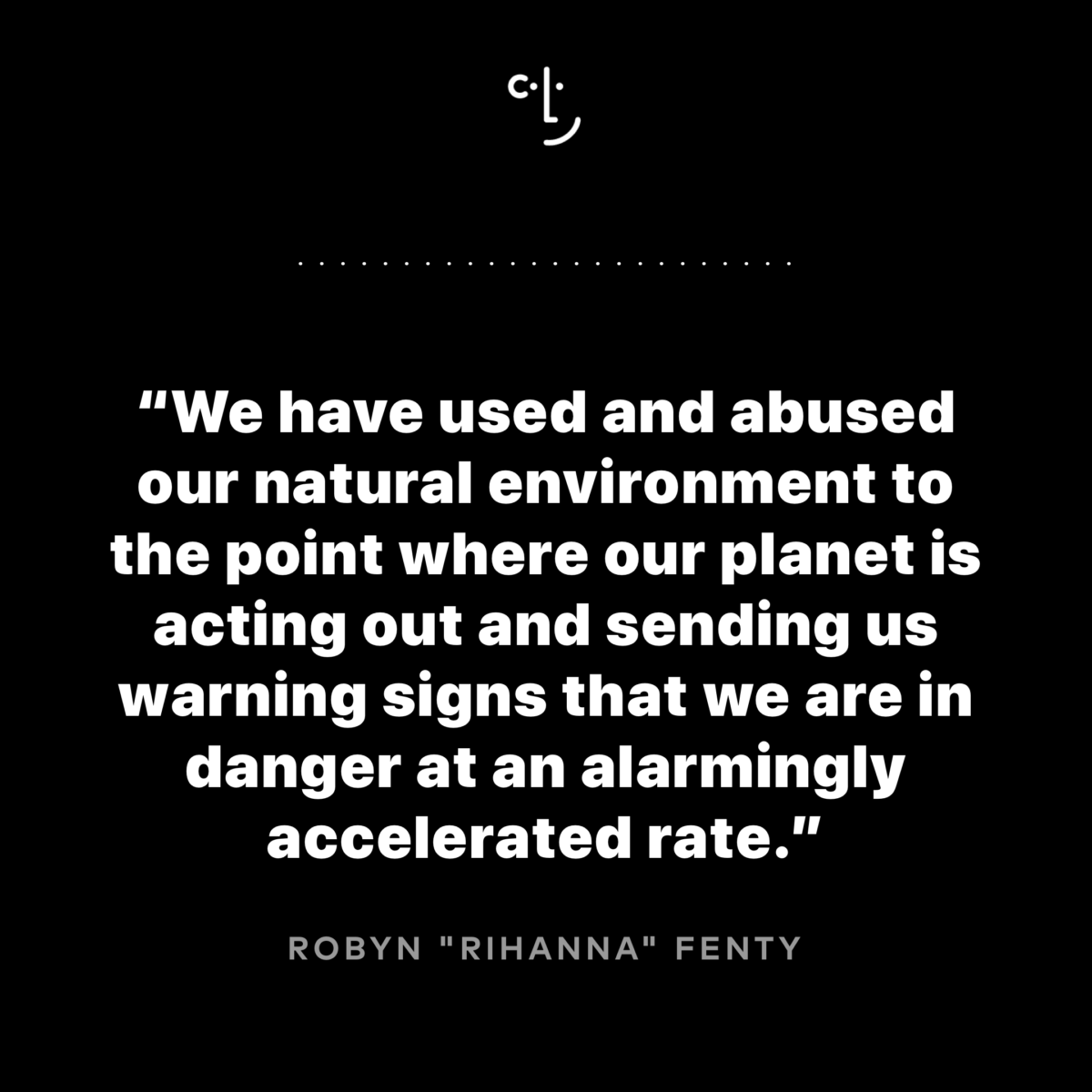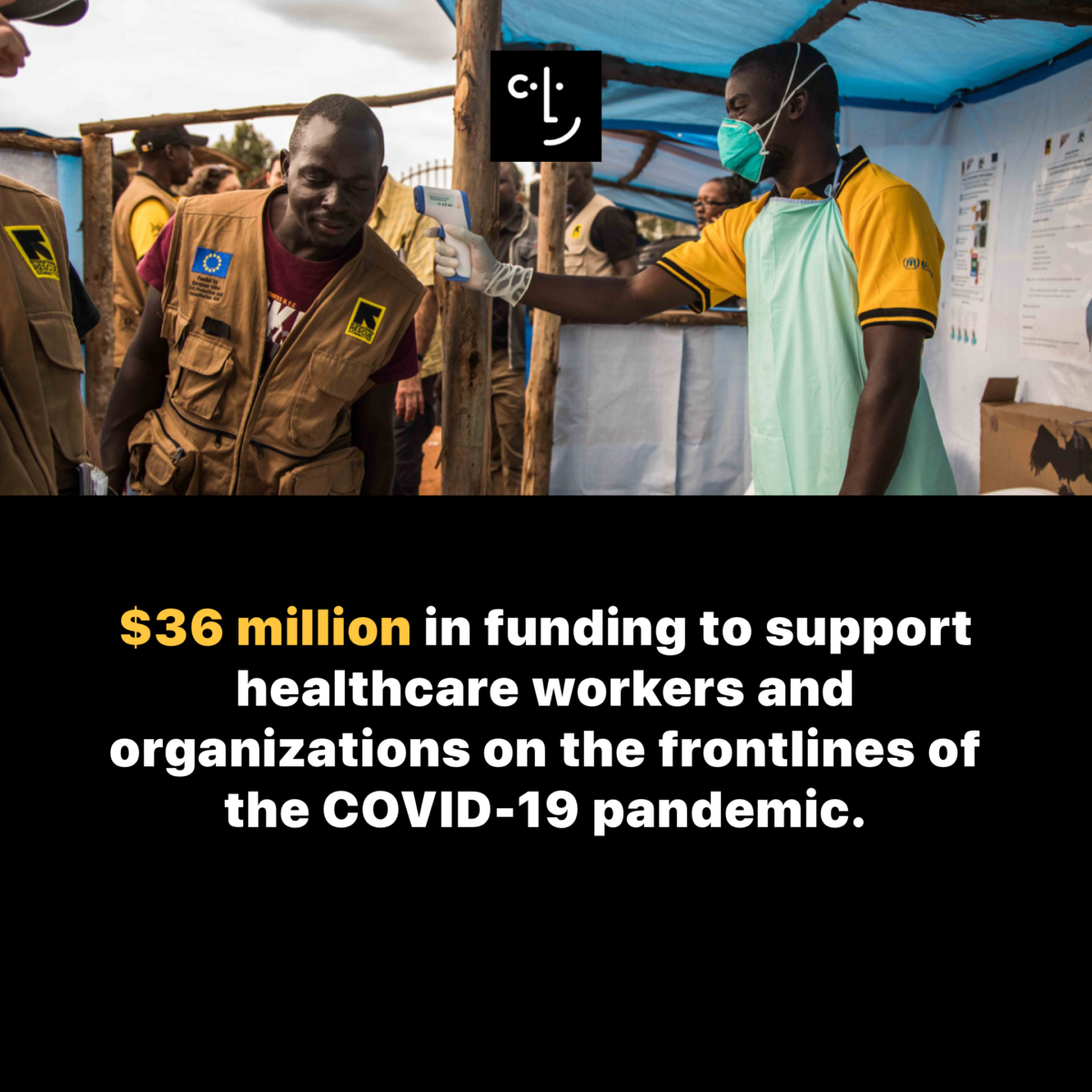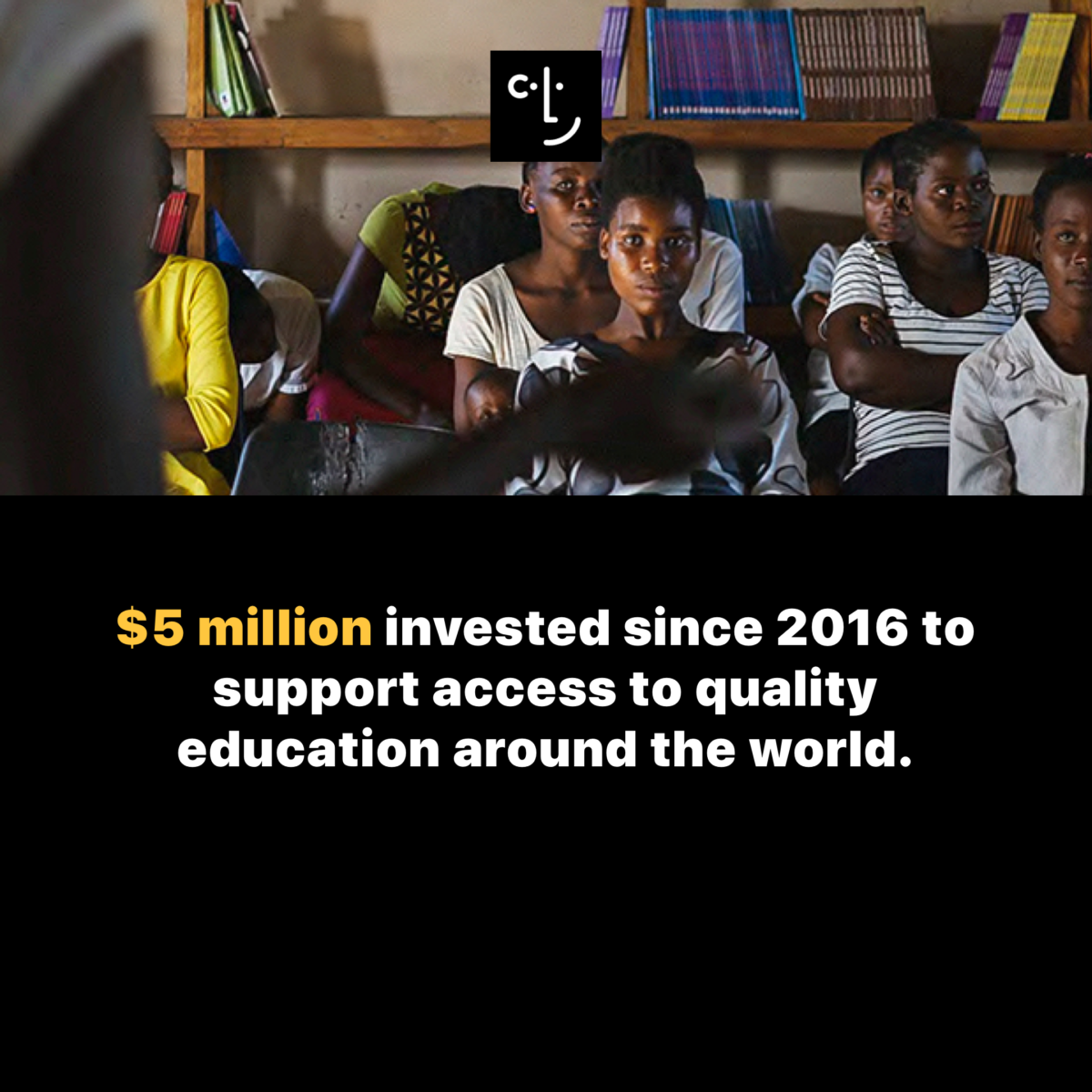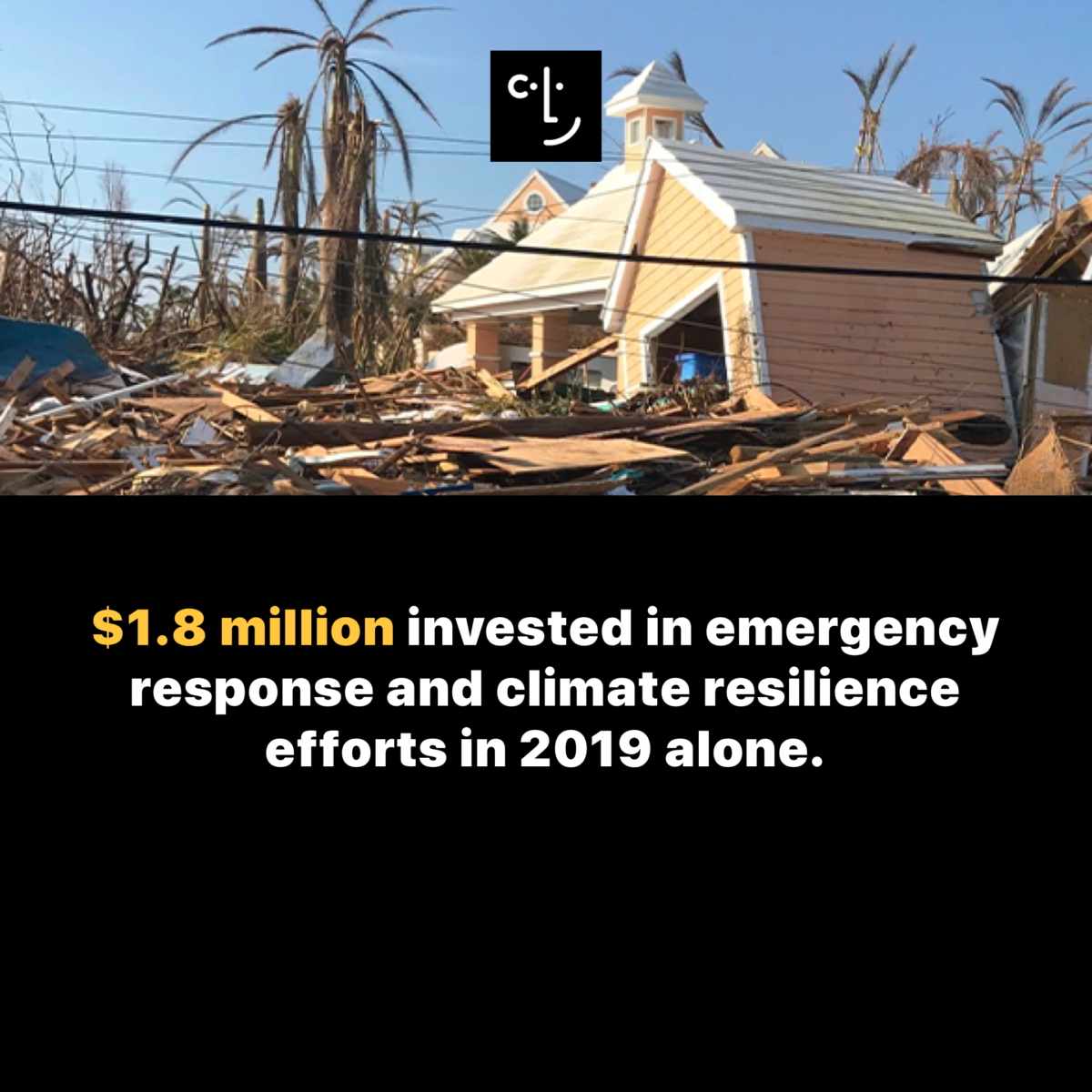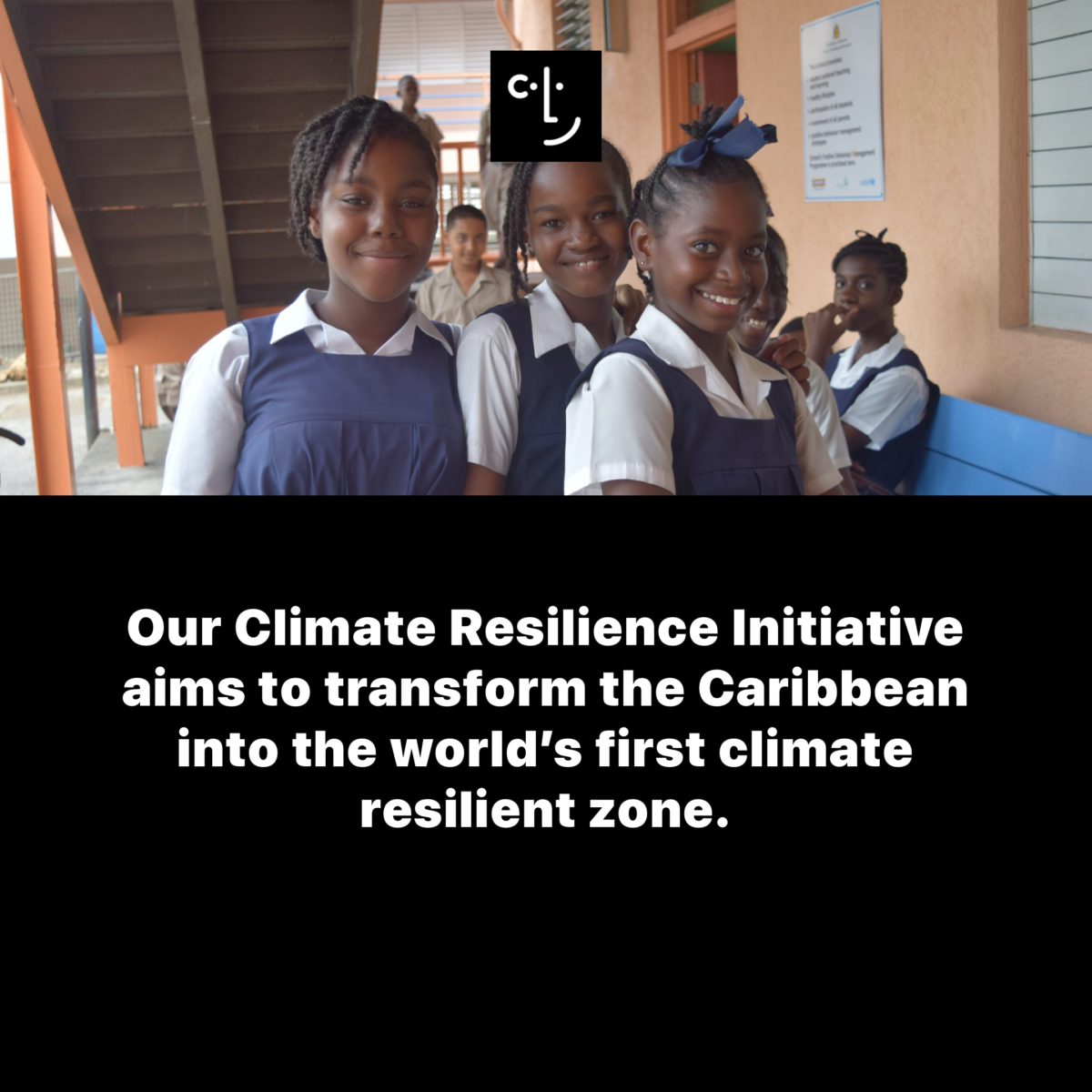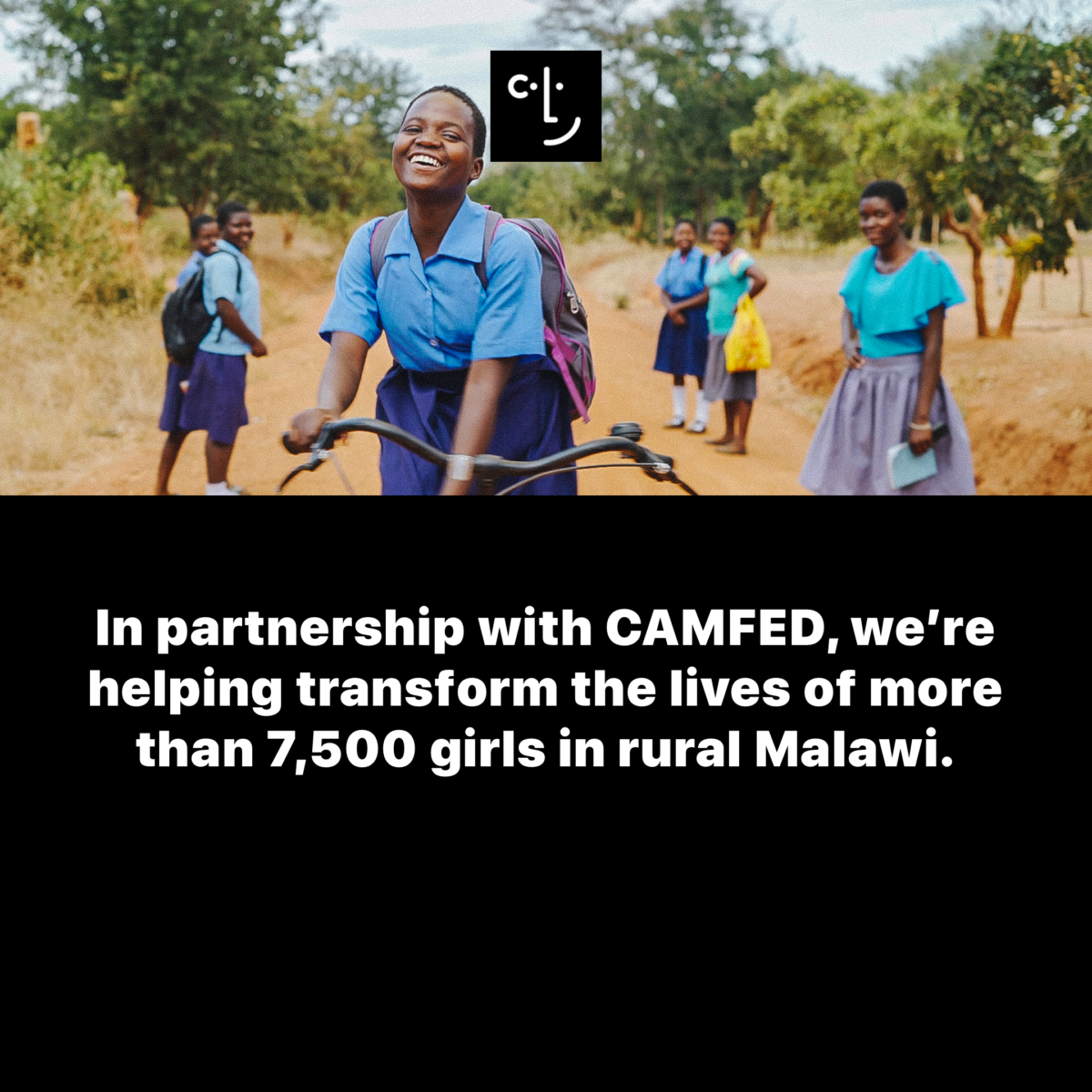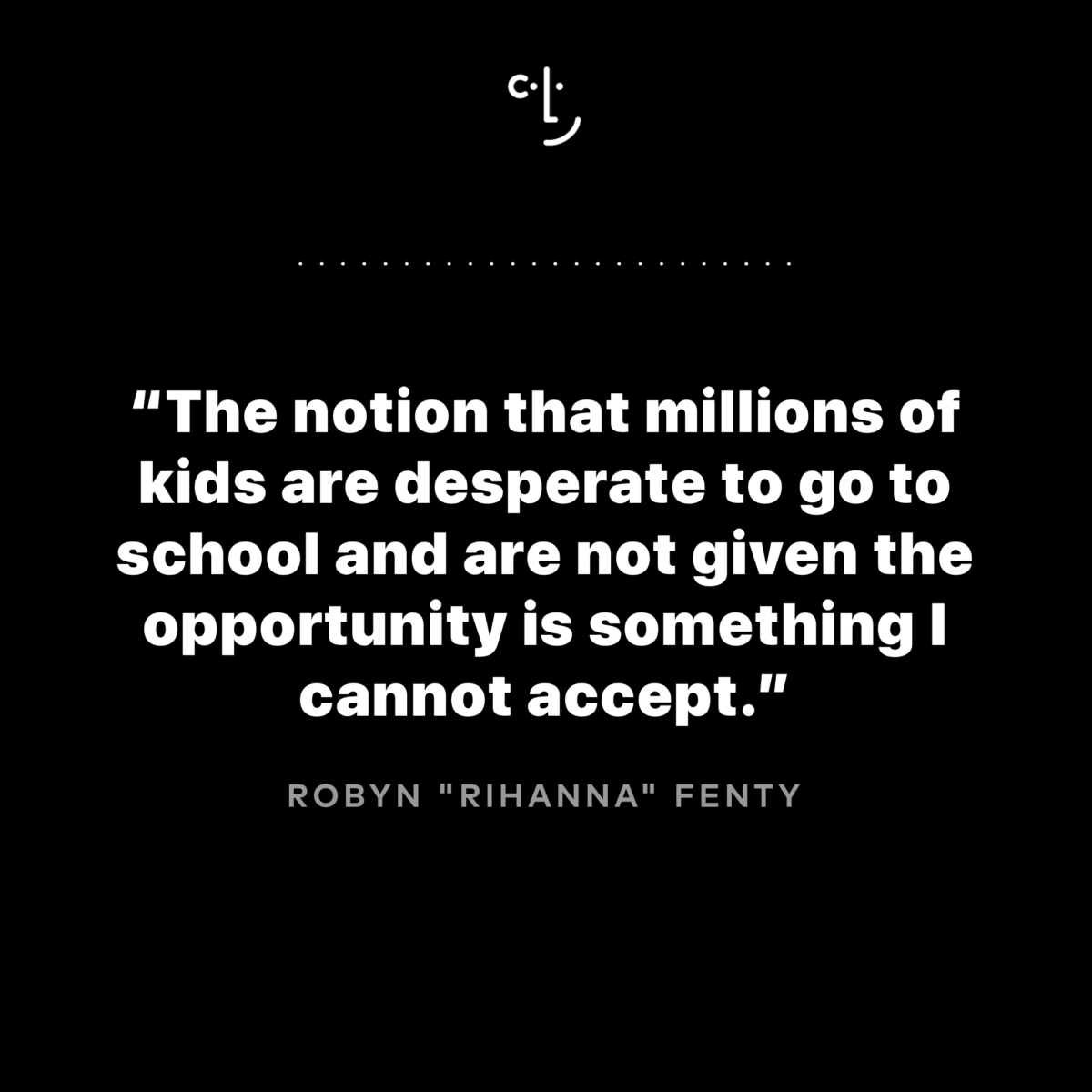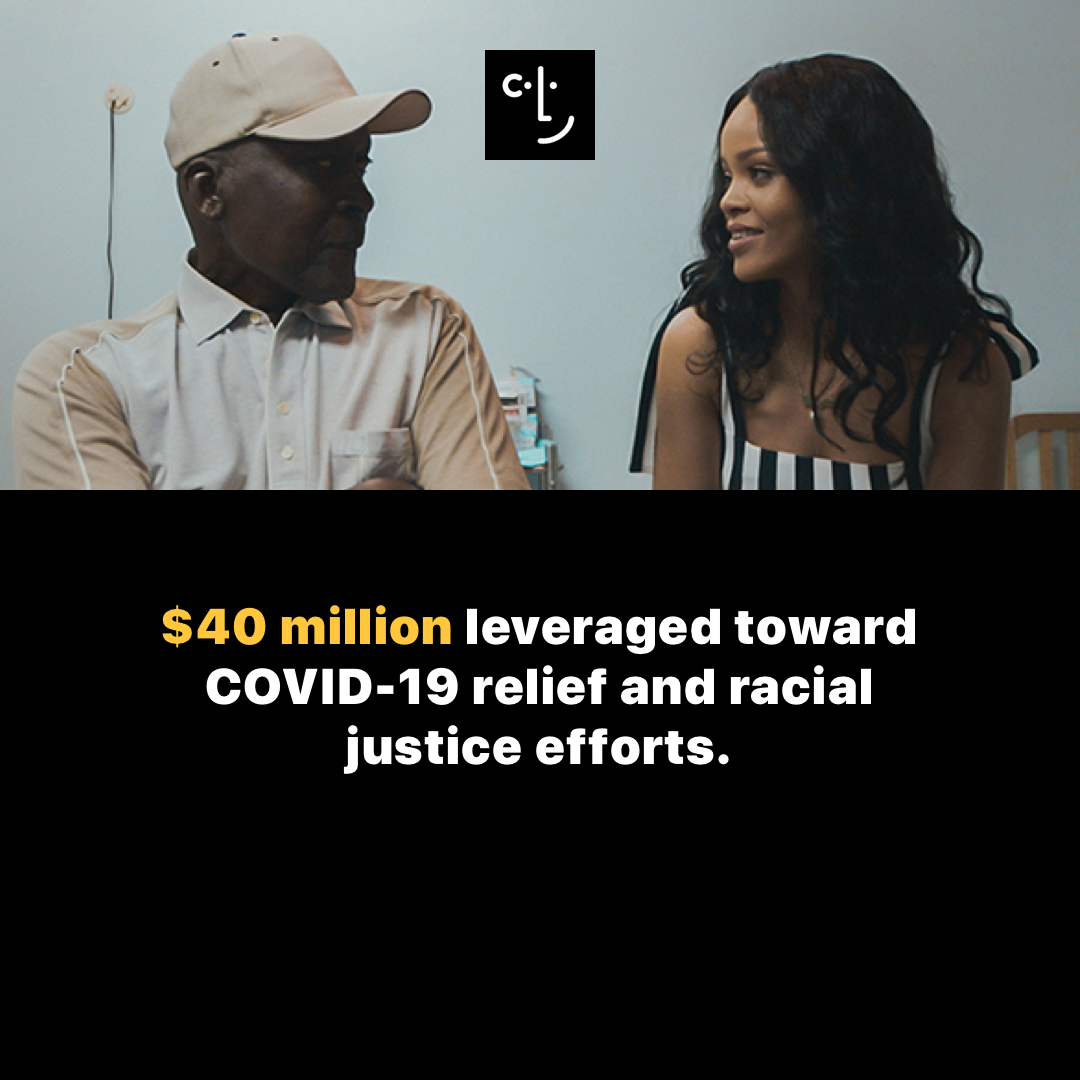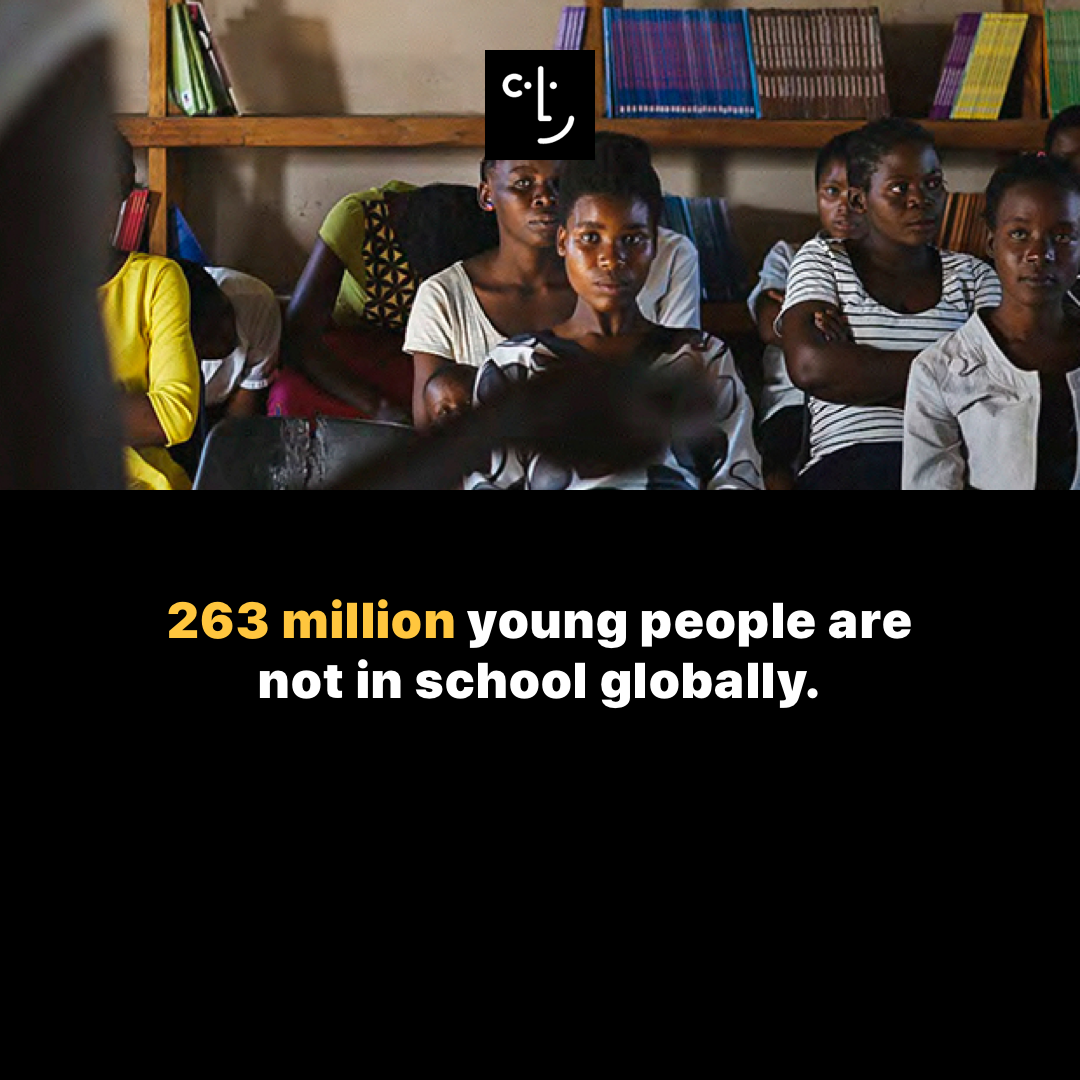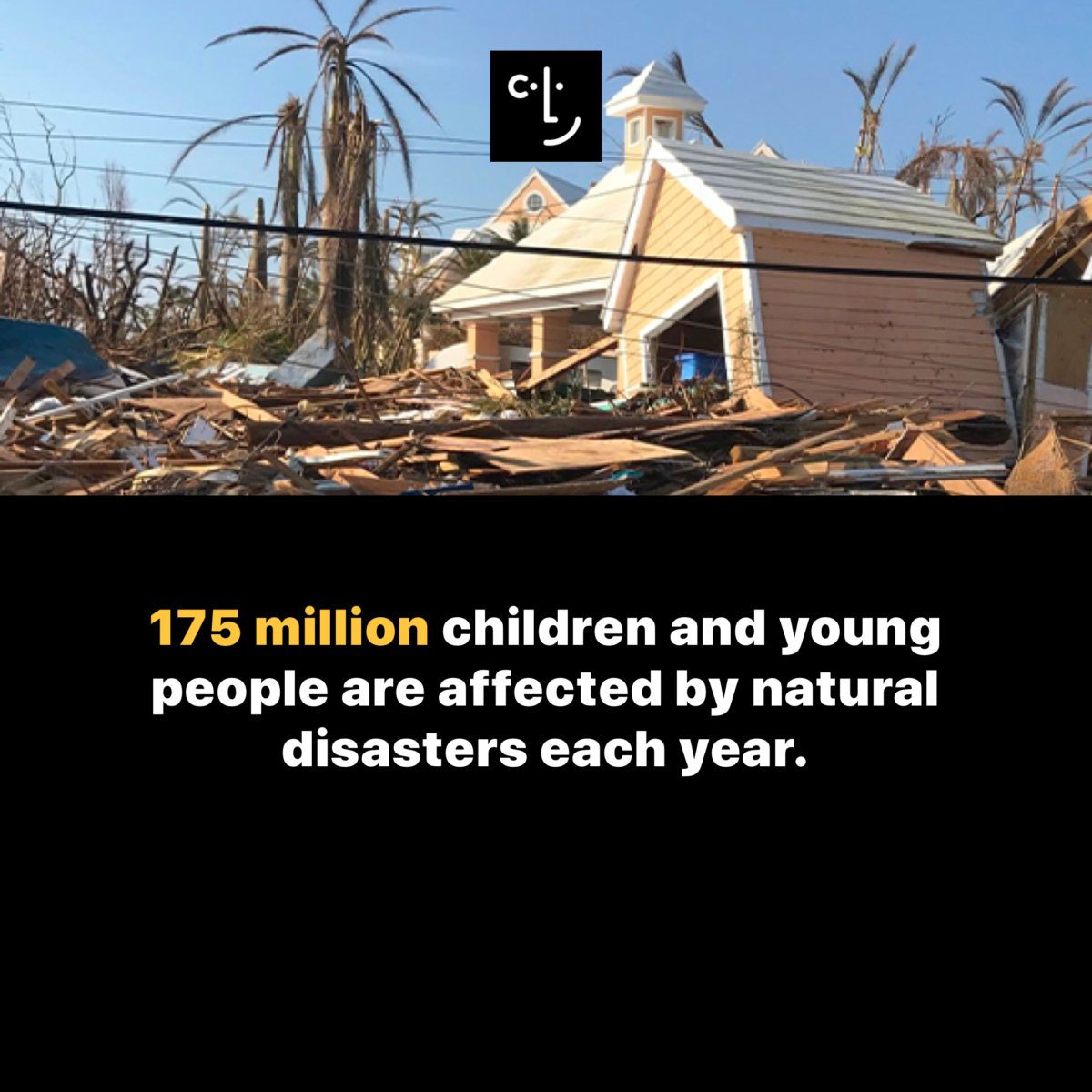Investing in Preparedness: a Model for Climate Resilience

June officially marks the beginning of hurricane season in the Western Hemisphere. Although the majority of storm activity doesn’t occur until later in the summer and early fall, severe weather events, and the destruction that comes with them, can happen at any time.
According to Nasa, hurricanes are the most violent storms on earth...and getting worse. Also called tropical cyclones (the only difference between a hurricane and cyclone is where they occur in the world), hurricanes are becoming more destructive in part due to the effects of climate change. That means more people at risk—particularly vulnerable communities such as women and children, and those living in poverty—as well as economic damage in the hundreds of billions of dollars.
That’s why we established a climate resilience and emergency response preparedness fund this past year. We believe there is a major gap in how preparedness and emergency response efforts are approached and deployed. Typically, what happens when a natural disaster like a hurricane occurs, we see hundreds of organizations all rushing to help at the same time, often uncoordinated, which ends up creating duplicative efforts that, in the end, aren’t as effective as they can, or should, be. Especially for those who need them most.
On top of that, because funds are raised reactively—that is, after the disaster has happened—donor fatigue inevitably sets in and people’s attention ends up disappearing as quickly as the news cycle, leaving those impacted forever left behind to pick up the pieces of their lives outside of the public eye.
We believe it doesn’t have to be this way.
We believe we can build a better model for emergency response, one that’s built on solutions that are proactive, not just reactive. Unlike traditional approaches, ours starts by identifying opportunities that can quickly be tested. We then invest in pilot projects so that we’re able to quickly see what works and what doesn’t work, as well as what has the potential to scale and have outsized impact. Our latest pilot project announcement — the hardening of reproductive clinics in the Caribbean in partnership with International Planned Parenthood Federation and Engineers Without Borders—will help us do just that. By bolstering the infrastructure of health clinics and schools, by prepositioning communications equipment and supporting leaders in vulnerable communities BEFORE disaster hits, we can help build communities that are truly resilient.
What’s exciting about this is that if we succeed, we’ll not only be preserving the livelihoods of tens of millions of people, we’ll be doing so in ways that are more effective, more sustainable, and more inclusive.
